Blue Grama Native Grass Seed
Grass Specifications:
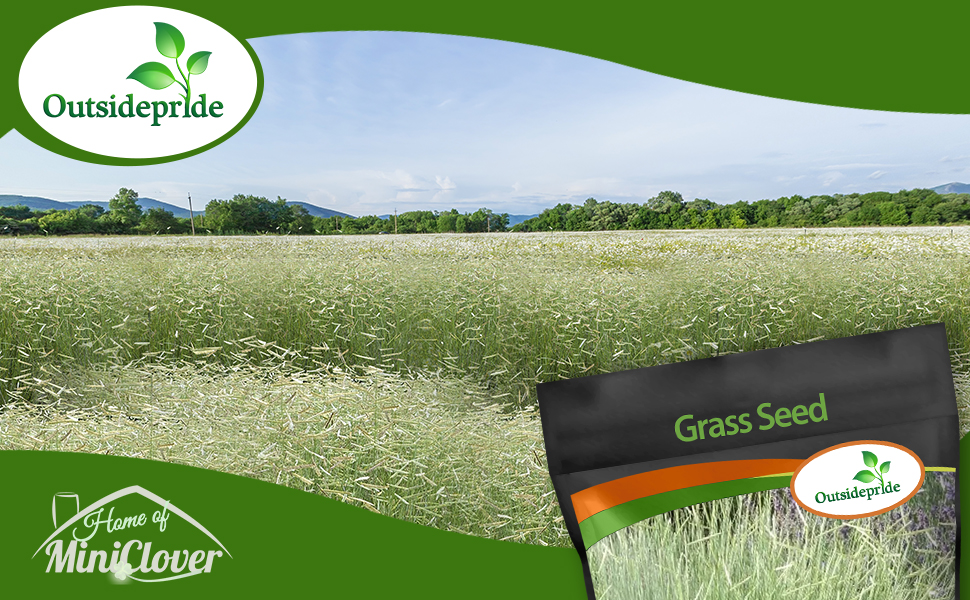
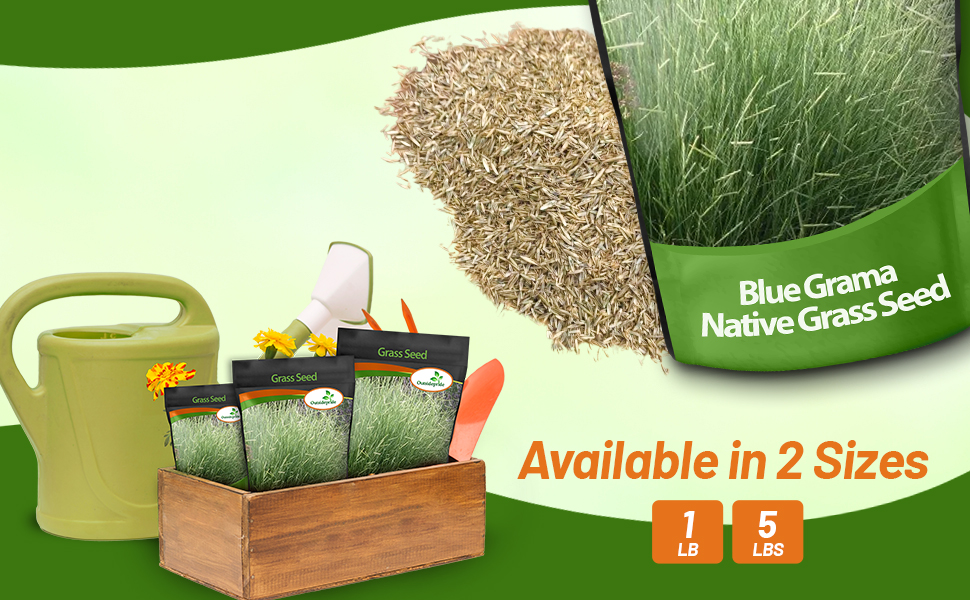
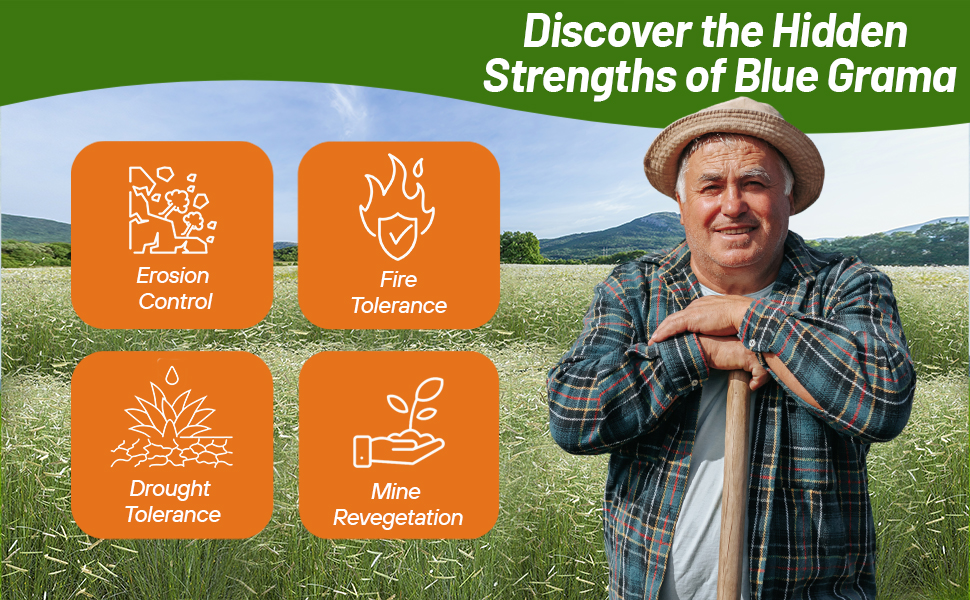
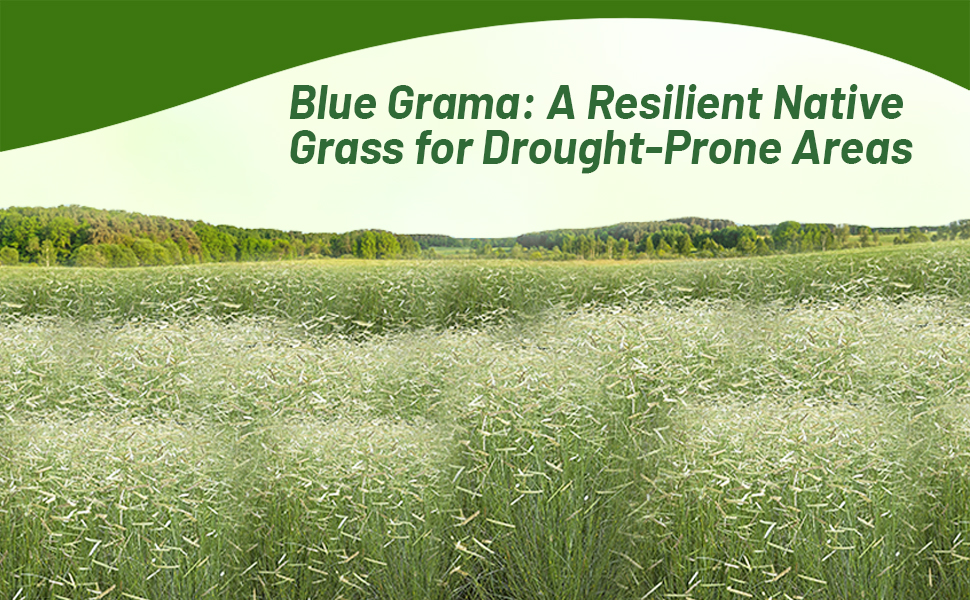
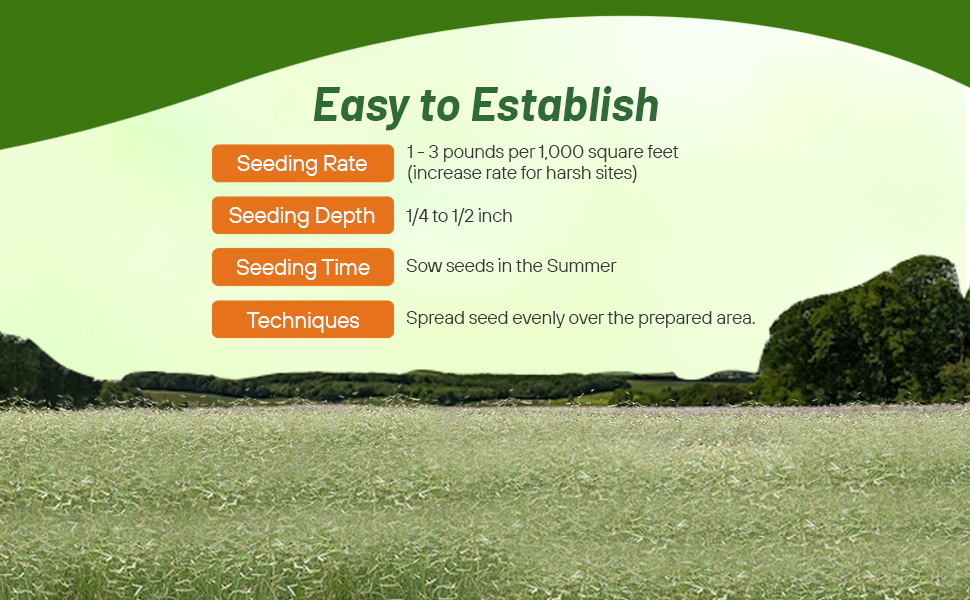
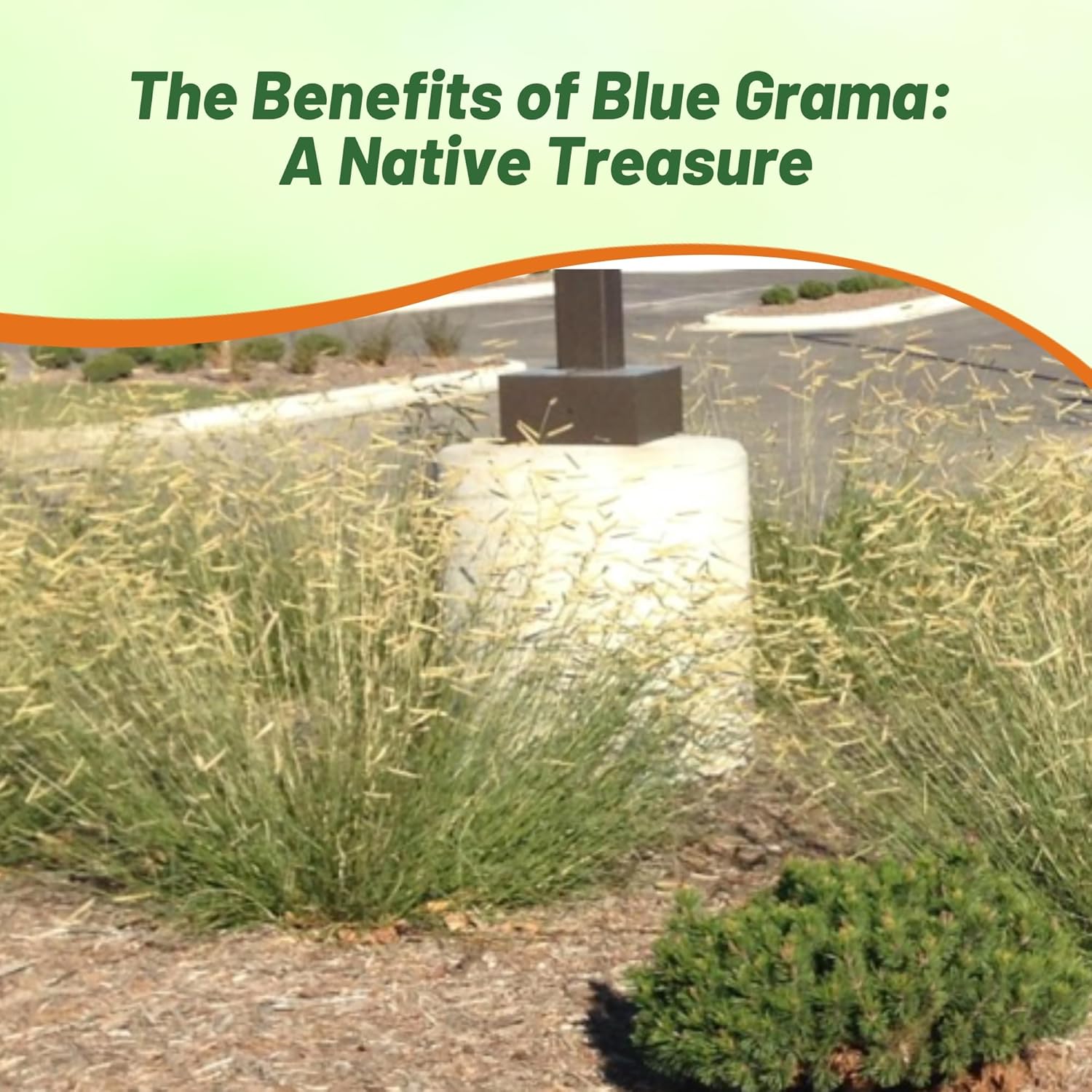
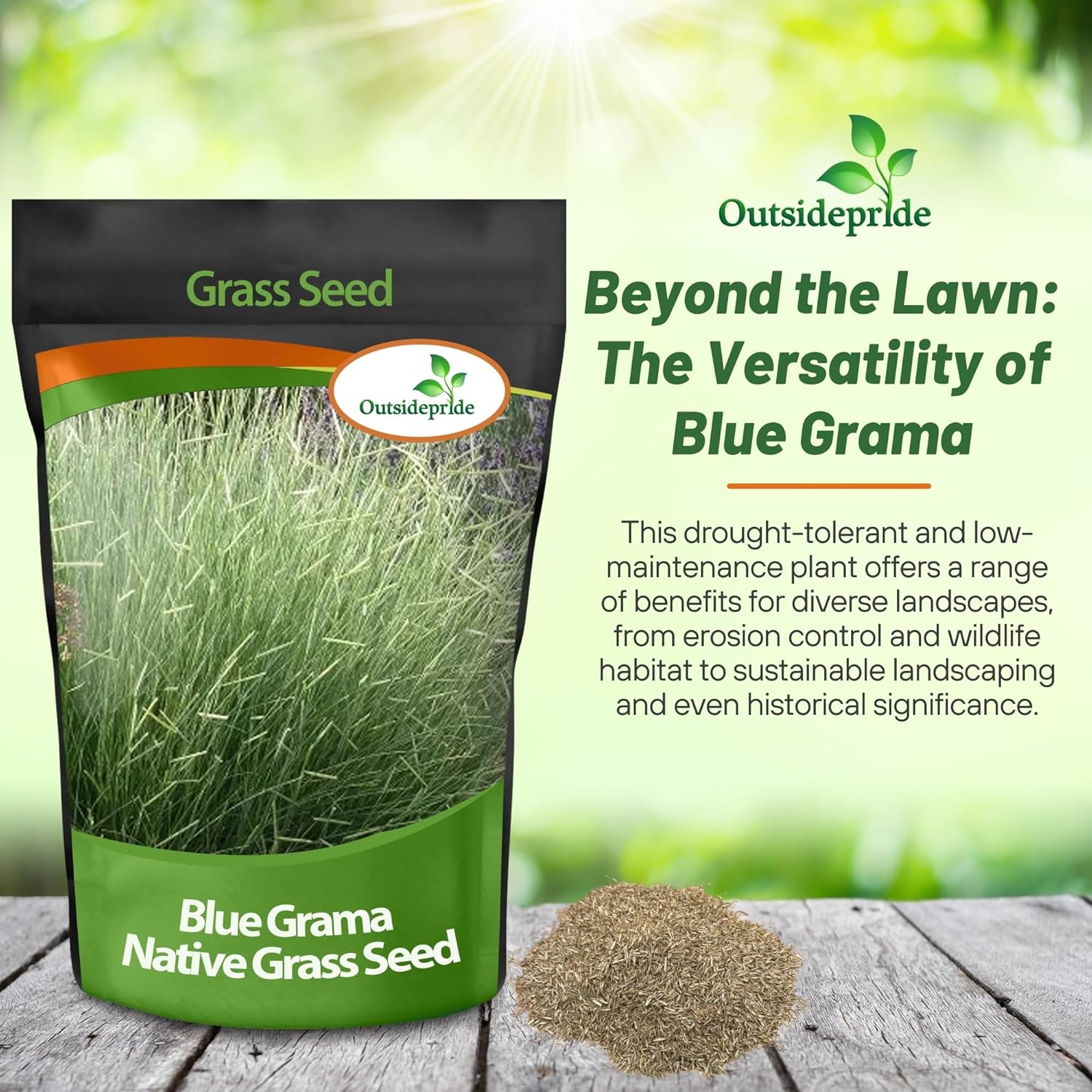
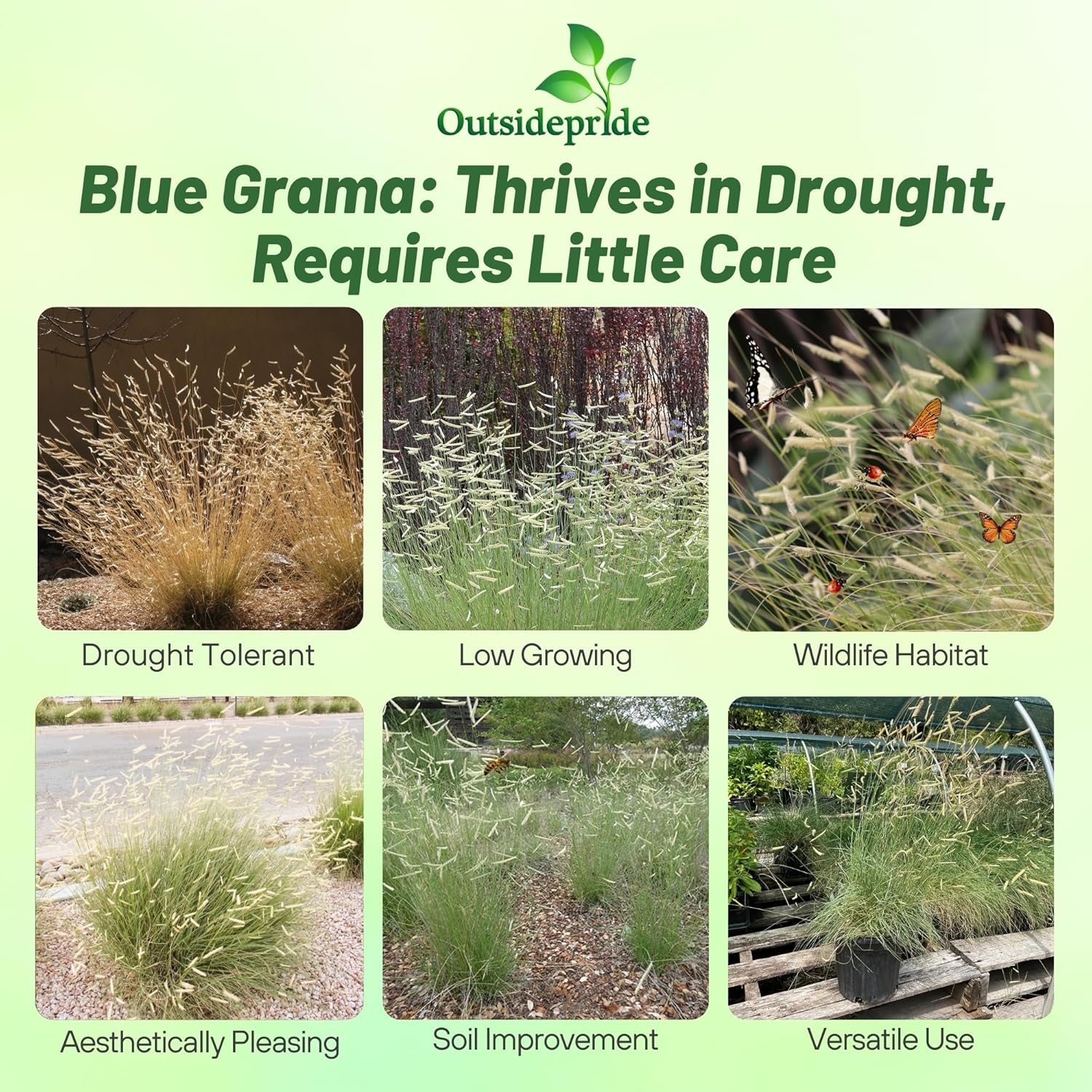
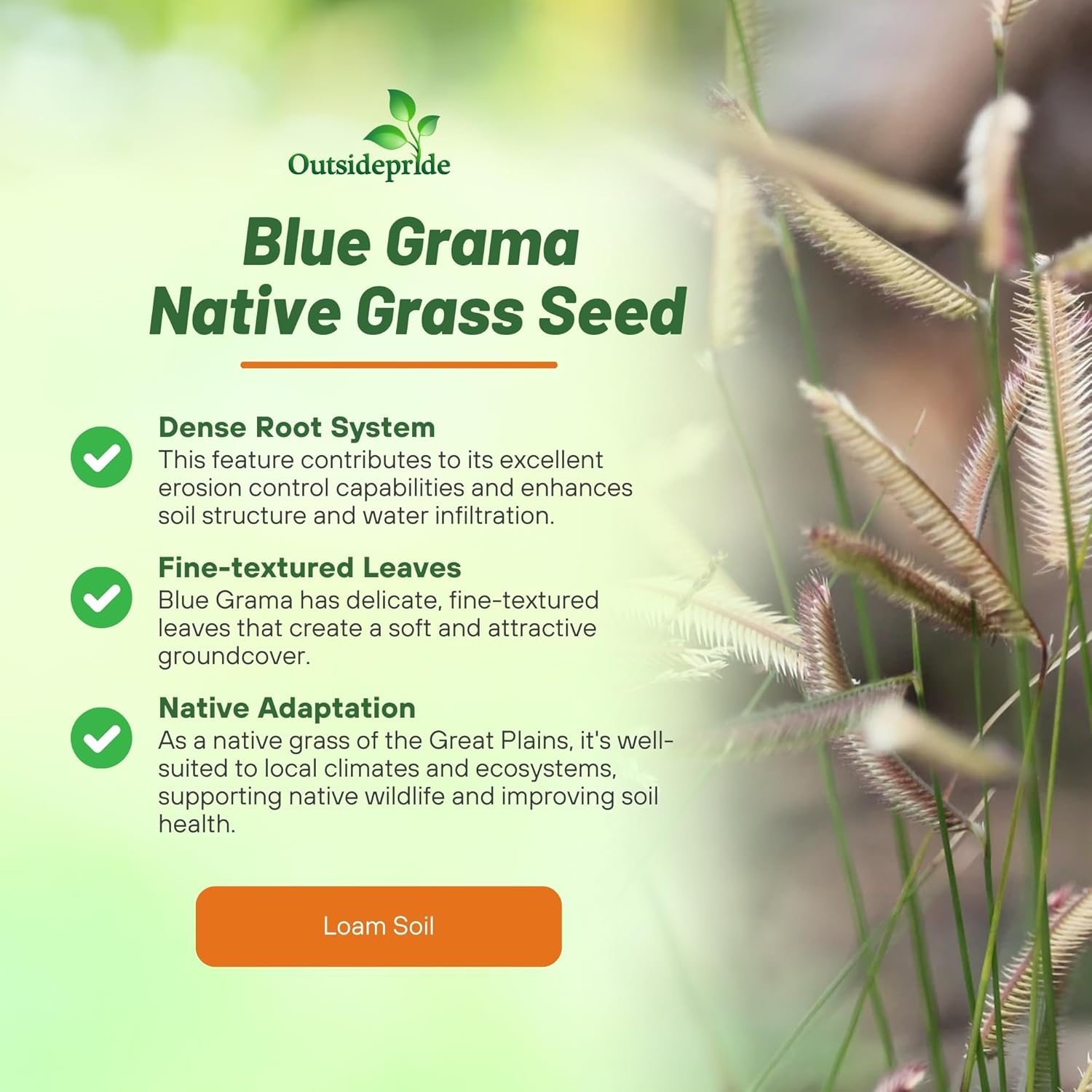

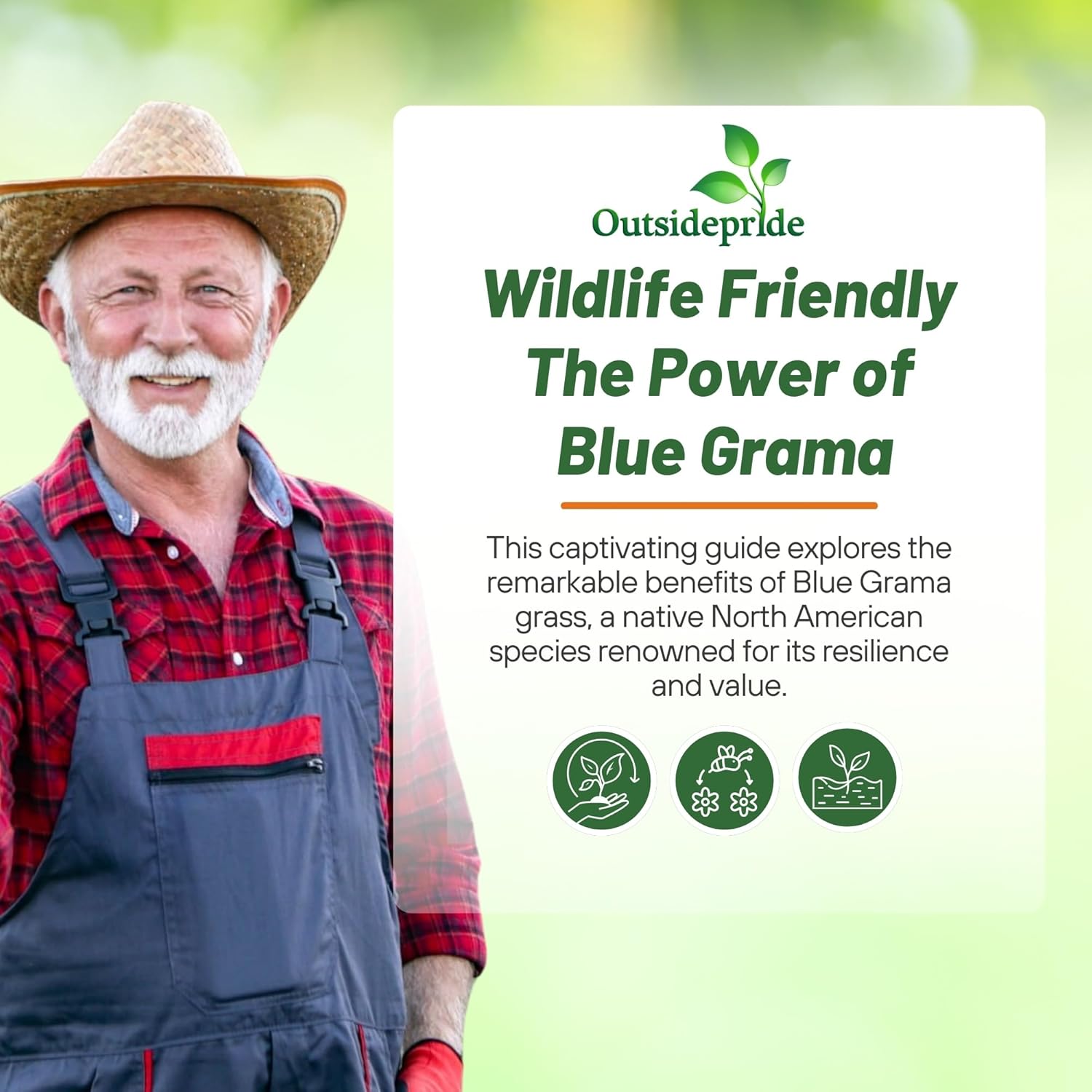



Bad River blue grama demonstrates good drought, fair salinity, and moderate alkalinity tolerances. In its dormant state, it will also tolerate burning. Blue grama will not tolerate dense shade, flooding, a high water table, or acid soils. This native grass is a densely tufted, perennial, warm-season, native short grass distributed throughout the Great Plains and Southwest. It is found on open plains and rocky slopes. It is best adapted to medium and fine textured, relatively deep soils of rolling uplands.
Blue grama is suitable for mixtures of grasses used in erosion control, low maintenance turf plantings, and surface mine revegetation. Establishment, as with all native grasses, proper ground preparation is one of the most important considerations. The seedbed should be firm but not solid; cultivation to kill the roots of cool-season grasses is essential. Planting may be done by either drilling or broadcasting, with the seed being sown no more than 1/4 inch.
Blue Grama may be confused with buffalograss, with which it grows, but blue grama lacks the creeping stolons of buffalograss. In short grass sod, it frequently is the primary dominant. Reproduction of blue grama is primarily by seed and short rhizomes. It spreads outward slowly from parent plants by tillering, frequently creating a sod appearance. Bad River ecotype does not differ significantly from the general taxonomic description of blue grama. Its leaf blades are 1 to 6 inches long, light to medium green, curled, with prominent veins (above and below) and rolled at emergence. Most of the curly leaves are at the base of the plant. The inflorescence is a panicle with 1 to 3 spicate primary branches. This is a very popular native grass used in both lawns and pastures.
Characteristics
- Very tolerant of drought, heat, cold, and most soils including sandy and finer soils
- Requires very little maintenance.
- Moderate durability
- Mixes well with Buffalo grass
- Survives wide temperature fluctuations
Seeding Rate & Time
- 8 - 12 PLS lbs per acre or 1/2 - 1 PLS lb per 1000 square feet for lawns or ornamental plantings.
- Seeding date: When sustained soil temperature reaches 60 degrees and minimum of 8 - 12 weeks before frost
PLS pounds: Pure Live Seed, or PLS, is the percentage of viable seed in a given lot. It is calculated by multiplying the purity percentage by the total germination percentage. Multiply the purity percentage by the germination percentage. For example, 95% purity multiplied by 85% total germination equals a 80.75% PLS. This means that out of every bulk pound of that bag of native grass seed that you plant, 80.75% of it is actually seed of that tagged variety and has the potential to germinate. Weights listed are bulk pounds.
































